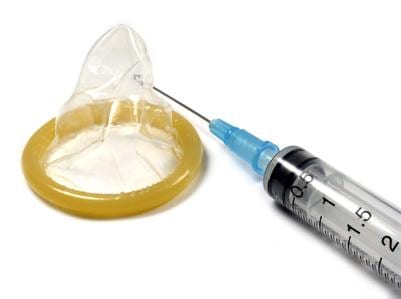Doctors often recommend birth control options like the pill as a way to lower your chances of getting pregnant when you want to have sex without having a baby, but there are women every year who get pregnant while using birth control. If you are considering your birth control choices, you may want to know the probability of getting pregnant while using contraception.
Time Frame
Birth control is something you need to consider before you have sex. According to the Kids Health website, you should plan to use alternative contraceptive measures for the first seven days you are on birth control to prevent pregnancy. This can be important if you are about to ovulate. During this time, the Office of Population Research at Princeton University reports you have on average a 30 percent chance of getting pregnant without being on birth control.
Types
Several types of birth control options are separated by how they work. The Mayo Clinic reports birth control methods can work by preventing the sperm from reaching the egg, preventing the release of an egg, killing or damaging the sperm or altering the body. When you alter your body, the birth control may change your uterus lining, which prevents a fertilized egg from being able to implant in the tissue, or you may create more cervical mucus, making it difficult for sperm to pass.
Benefits
When taken correctly, birth control reduces your risk of getting pregnant. The Palo Alto Medical Foundation reports the pill can decrease your chances of getting pregnant by 99.99 percent.
Considerations
Your risk of getting pregnant on birth control depends on the type you use, according to Planned Parenthood. Female sterilization, vasectomy, intrauterine devices (IUD) and implanted birth control options topped the chart as the most effective contraceptives. The probability of pregnancy with these choices is less than 1 pregnancy per 100 women each year. The pill, shot, patch, ring and breastfeeding saw an increase in probability, with two to eight women in 100 becoming pregnant. The condom, sponge, diaphragm, cervix cap and fertility-aware methods resulted in an average of 15 to 25 women getting pregnant for every 100 women using them. Spermicides and withdrawal caused the highest probability with an average of 30 per 100 becoming pregnant.
Warning
According to the Mayo Clinic, you need to use birth control consistently and correctly to prevent pregnancy. If you take oral contraceptives and miss or skip a dose, your chance for pregnancy increases. Even when you do use birth control as intended, you may still get pregnant while you are on it.
Photo Credit
- condom and syringe image by NatUlrich from Fotolia.com





